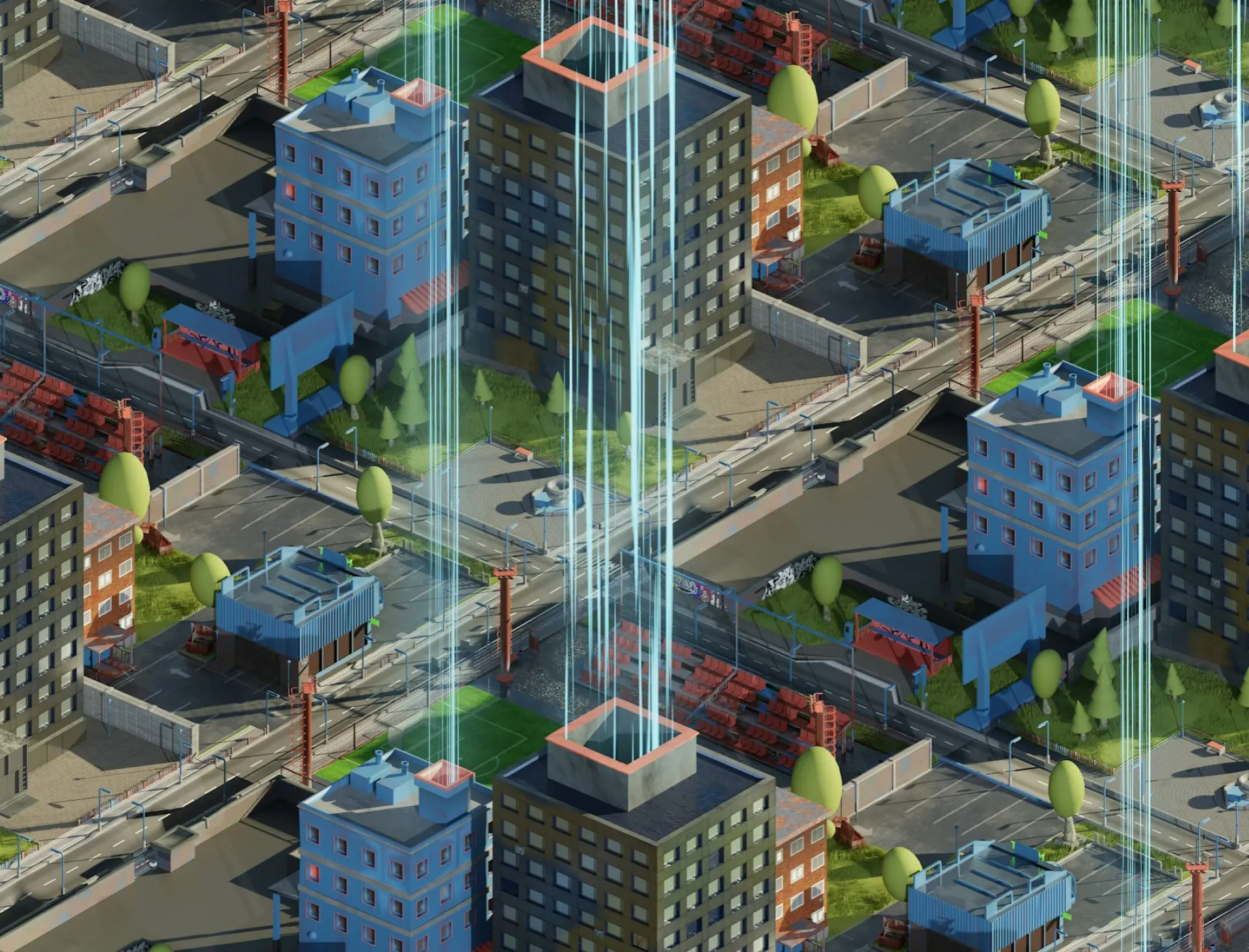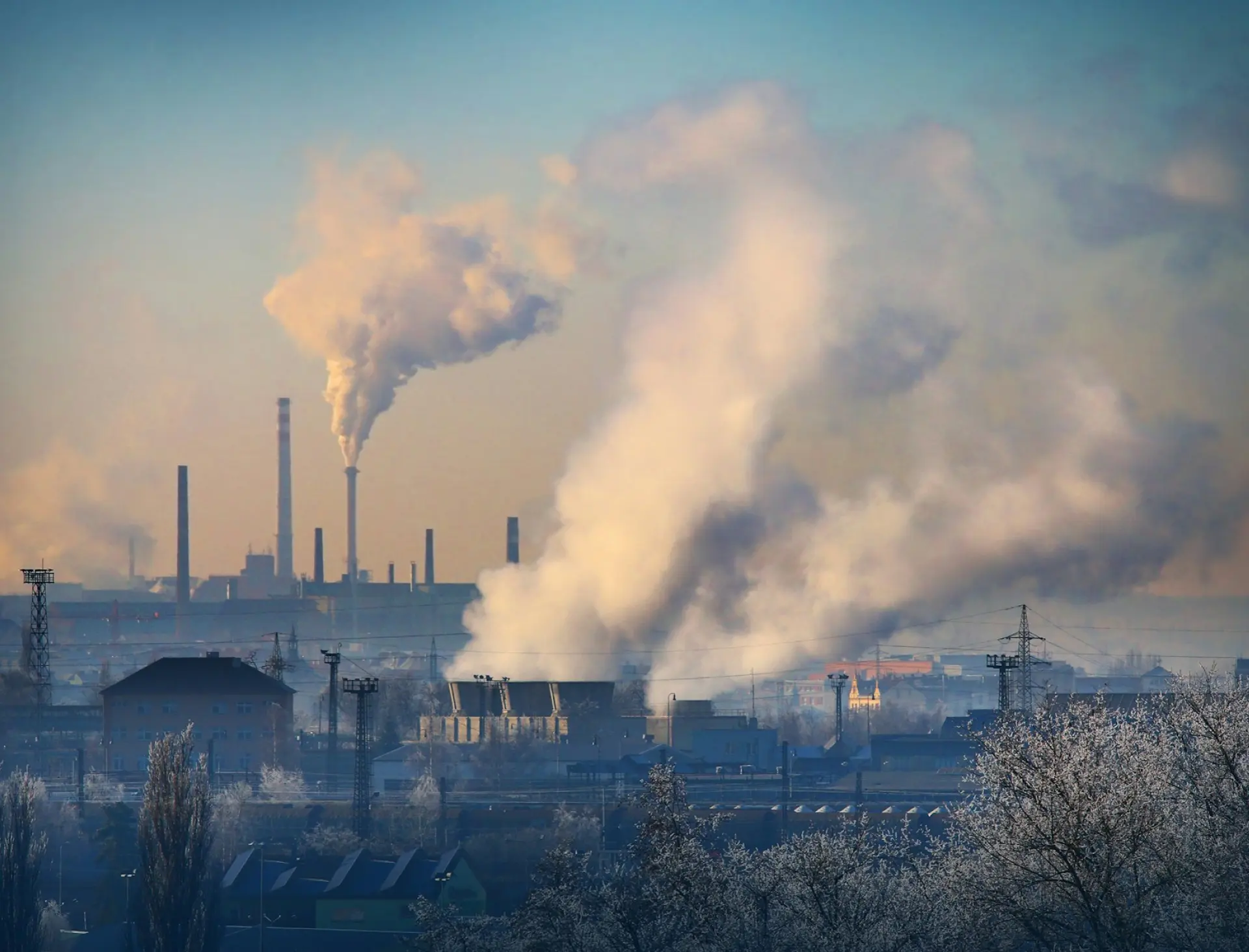AI in Infrastructure: Beyond Risk Mitigation

Predictive Maintenance: A Game-Changer for Operational Efficiency
One of the most impactful applications of AI in infrastructure is predictive maintenance. By leveraging machine learning algorithms and IoT sensors, infrastructure managers can now anticipate equipment failures before they occur, significantly reducing downtime and maintenance costs.
Heathrow Airport’s recent implementation of AI-driven predictive maintenance systems is a prime example. By analysing real-time data from thousands of sensors across its facilities, Heathrow has reduced equipment downtime by an impressive 22%. This translates to cost savings and enhances the overall passenger experience by minimising disruptions.
Resource Allocation: Optimising Workforce and Materials
AI’s capability to process vast amounts of data and identify patterns is proving invaluable in resource allocation. The Mumbai Trans Harbour Link project, one of India’s most ambitious infrastructure endeavours, showcases this potential.
By employing machine learning algorithms to optimise labour workflows, the project achieved a remarkable 95% workforce uptime. This was particularly crucial given the project’s complexity, involving cross-border subcontractors and diverse skill sets. AI-powered systems analysed factors such as worker skills, task dependencies and even weather forecasts to create highly efficient work schedules.
Challenges and Ethical Considerations
While the benefits of AI in infrastructure are clear, it’s crucial to address the challenges and ethical concerns that arise with its implementation:
- Data Privacy
The vast amount of data required for AI systems raises questions about data ownership, security and privacy, especially in public infrastructure projects. - Workforce Displacement
As AI takes over more tasks, there’s a growing concern about job losses in the sector. Focusing on reskilling and creating new roles that complement AI capabilities is essential. - Algorithmic Bias
AI systems are only as unbiased as the data they’re trained on. Ensuring diverse and representative datasets is crucial to prevent reinforcing existing inequalities in infrastructure development. - Transparency and Accountability
As AI systems become more complex, ensuring transparency in decision-making processes and establishing clear lines of accountability becomes increasingly challenging.
The Road Ahead
Despite these challenges, the potential of AI in infrastructure is too significant to ignore. As we move forward, the focus should be on:
- Developing Ethical AI Frameworks
Industry-wide standards for the ethical use of AI in infrastructure projects are essential. - Investing in Workforce Development
Prioritising training programs to equip the current workforce with skills to work alongside AI systems. - Enhancing Cybersecurity Measures
As infrastructure becomes more connected, robust cybersecurity protocols are crucial to protect against potential threats. - Fostering Collaboration
Encouraging partnerships between tech companies, infrastructure firms and government bodies to collectively drive innovation and address challenges.
Conclusion
AI in infrastructure is no longer just about mitigating risks; it’s about reimagining how we design, build and maintain our built environment. As we continue to push the boundaries of what’s possible with AI, we must remain mindful of its implications and work towards harnessing its power responsibly. The future of infrastructure is intelligent, efficient and sustainable – and AI is at the heart of this transformation.
More Insights

